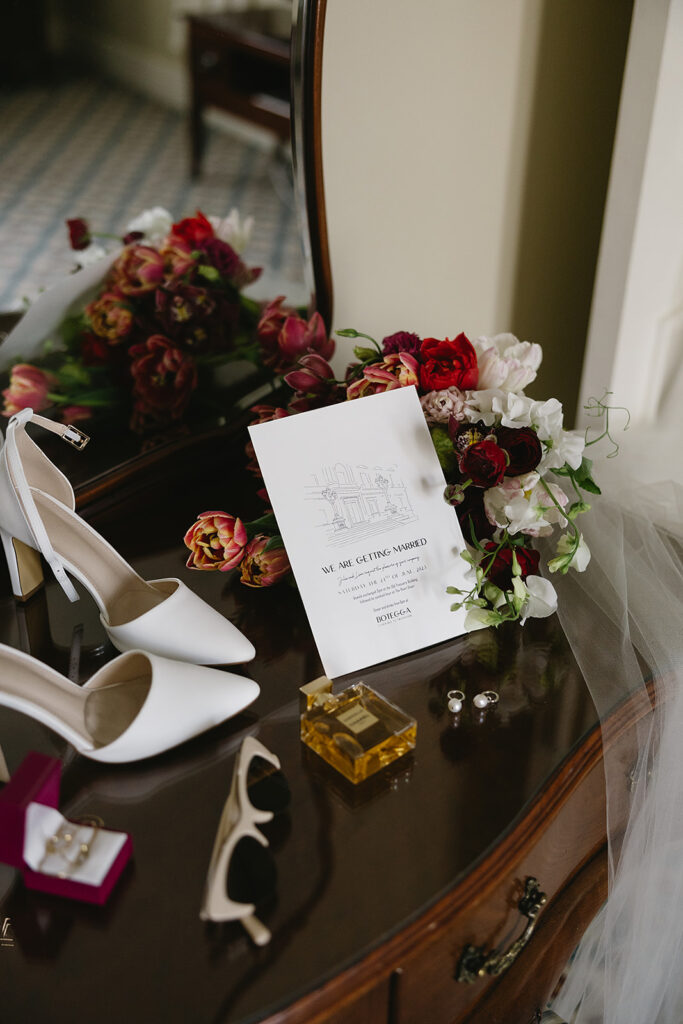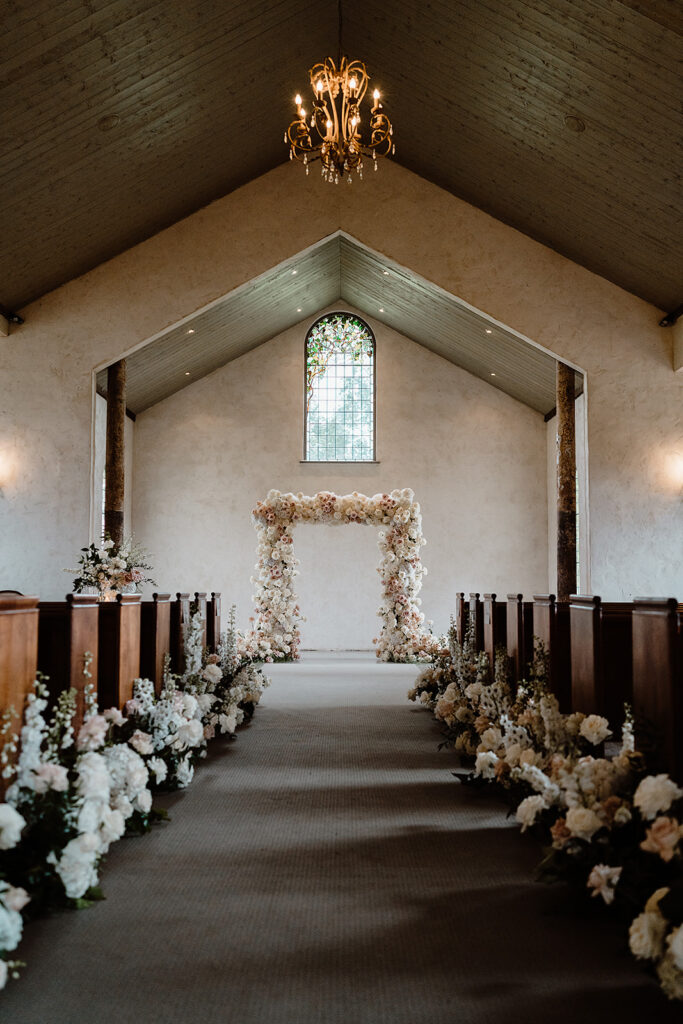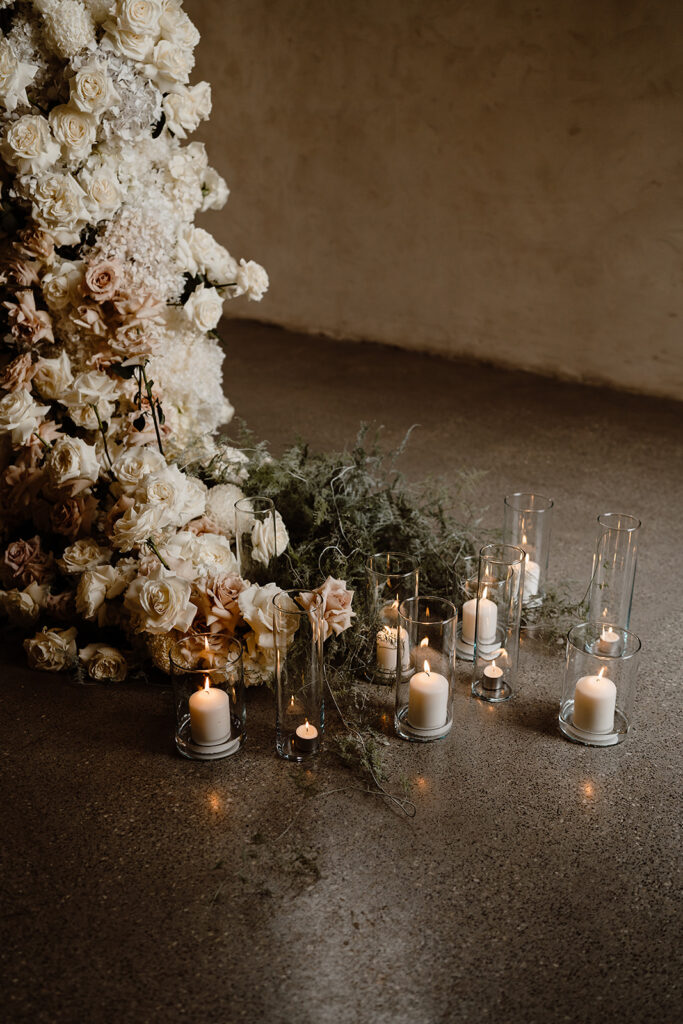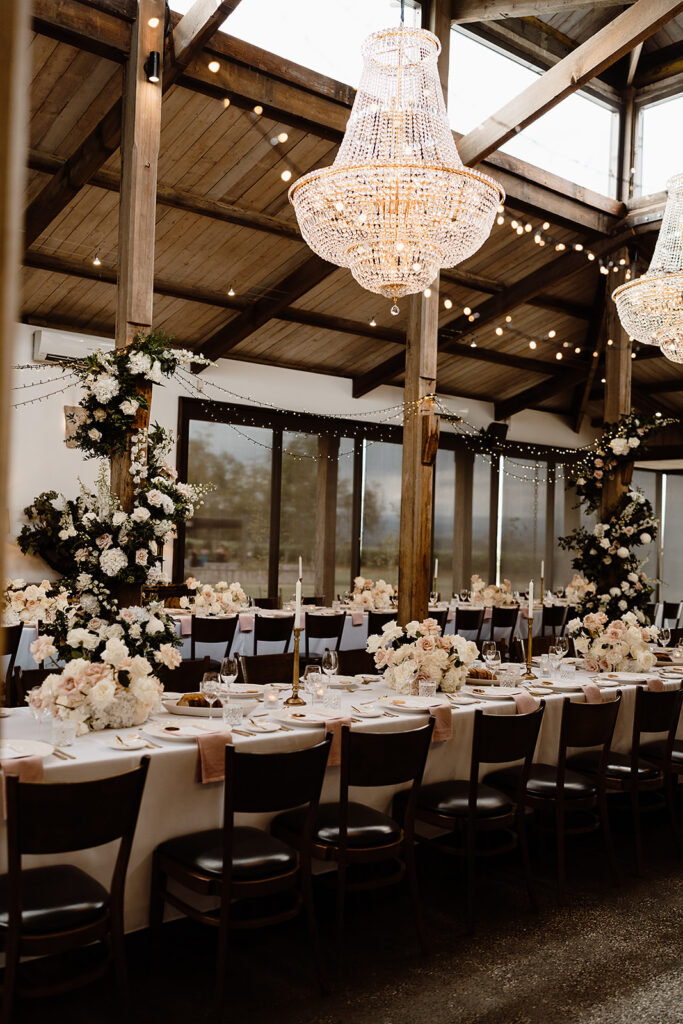“There is nothing to writing,” Ernest Hemingway once said. “All you do is sit down at a typewriter and bleed.” Sounds simple, right? If you’re trying to win awards (Hemingway won both the Pulitzer Prize and the Nobel Prize) then writing can be a gut-wrenching, agonising experience. Luckily, writing wedding photography blogs doesn’t have to be quite as painful. With a bit of practice and effort blog writing can spring from you quite naturally!

The trick, I’ve learned, is to have a good idea of the type of blogs you want to write and find systems and methods, production lines, to keep the content flowing. Every couple you meet as a photographer and every wedding you shoot can help generate great blogs. Every single one. When you realise that, things become a whole lot easier.
Here are some wedding photography blog ideas and helpful lessons I’ve learned along the way!
1. Software For Wedding Photography Blogs
To begin with, you’ll need to choose the right platform for blogs on wedding photography. While there are plenty to choose from, there are three that tend to stand above the rest: WordPress, Wix and Squarespace.
WordPress is the most popular blogging platform out there and has been around for longer than many others. It’s free (you just have to pay for hosting), easy to use, and customisable. In fact, the way that you can customise it with such ease is its best feature.
Wix is perfect for beginners because it doesn’t require any coding skills and you can start a new blog in minutes. Its best feature is the way you can drag and drop elements into the design, giving beginners a way to make it look professional without needing to learn code or web development. It offers a wide array of themes that’ll fit any type of blog and website you want to build.
Squarespace is ideal for creative professionals — artists, designers and photographers (hey, that’s us!) — because it has stunning designs and built-in tools for monetising blogs. Squarespace blogs are beautifully laid out and have templates that you can easily incorporate into your own blog. Just as with Wix and WordPress, it’s very easy to use. All three are great options, but I think Squarespace is the best choice purely due to its gorgeous design for a wedding photographer blog.
Other Helpful Tools
Moving beyond the blogging platforms, there are all kinds of tools that can be used to help you write great wedding photography blogs. Grammarly spots grammatical, sentence structure, and spelling errors, and goes even further by strengthening your writing with wording suggestions. It’s the best editing tool out there!
To tackle a blank page with confidence, it helps to get rid of any clutter or notifications that may be popping up on your screen. WriteRoom is a desktop app designed to help writers hone in on their work with zero distractions. If you often find yourself overwhelmed by the sheer amount of buttons and options on the screen, an app such as WriteRoom can help.
Finally — and this one is a bit more fun — the tool Coffitivity is based on extensive research which proves a coffee shop has the right amount of ambience for focused work. Based on my personal experience, I have to agree! You can choose between different cafe environments, from a bustling university coffee shop to a lounge at lunchtime. If they could just figure out a way to deliver flat whites…


2. Blogging For Wedding Photographers: Write From The Heart
Entire libraries have been written on the art of writing and the practice of putting pen to paper. Whether you’re just starting out as a writer or have been at it for many moons, the rules still apply. Every writer begins as a reader, and that’s a good place to start. As Stephen King said, “If you want to be a writer, you must do two things above all others: read a lot and write a lot.”
Blog writing has a unique tone to it — different to newspapers, magazines, and books. Blogs are personal and should be written in a conversational way, especially when blogging for wedding photographers. Write the way you talk, and try to make your writing sound as natural and fluid as possible.
Hot tip: Read your writing aloud! It’ll help you with your rhythm and tone, and make it easier to pick up if you repeat words (which can be a common fault when first starting out).
The most engaging wedding photography blogs will be honest, so write from your heart and let your readers into your world. Readers can smell a lack of authenticity a mile away, so dig deep and be yourself — that’s always the best place to start. Google can also sense when something isn’t right, so don’t try and write something purely for the search engines. Always keep your clients in mind!
Ultimately, if you write honestly and just keep tap-tap-tapping away at it, you’ll make progress. Many first drafts are clumsy, sloppy, and difficult to read. This is true for most writers, even experienced, well-known ones! Editing is essential. It might sound unglamorous but it’s true.
Here’s Hemingway again: “It’s none of their business that you have to learn how to write. Let them think you were born that way.”
3. Be Smart With Search Engine Optimisation
OK, so you mustn’t write for Google. Focus on your clients, remember? But you do need to consider how SEO works and use that to your advantage.
Keyword research is important if you want to rank for wedding photographers in your area. So spend some time looking into it and come up with some keywords you want to rank for and then see if you can place them in the copy of your blogs.
The essential thing here is that the words fit naturally and your blogs read well. SEO is a mystical beast with rules on the ranking system purposely vague, but if you do your research it can be powerful to get ahead of your competitors and get noticed online!



4. Use Your Wedding Experience And Knowledge
A common tip for writers is to write what you know. When it comes to blog post ideas for wedding photographers, the best thing you can do is draw on your experience and specialised knowledge! This can be especially useful knowledge for brides and grooms wading their way into the wedding planning waters.
Write about your favourite venues (and why you love them), talk about the vendors you admire, and look back on the weddings you’ve worked on to see what worked and what didn’t. Even if you’ve only shot one wedding, your experience and knowledge are your special weapons!
5. Write About Your Photography Work
Share a sneak peek behind the lens regarding your journey as a photographer, the styles and themes you like, the photographers you admire, and the unusual places you find inspiration. This will give your prospective clients an understanding of your thinking and allow them to get a proper sense of who you are as a photographer.
Hot tip: Add in some reviews from your clients regarding what it’s like to work with you and what their experience was like! When clients are looking for photographers online, the best thing you can do is establish trust and reviews from other couples are a surefire way to do that. That’s one of my secret photography blog tips!
6. Use A Pre-Wedding Questionnaire
This is a lesser-known approach that can be pure gold for generating blog content! Send a questionnaire to your clients before the wedding and ask them specific questions about what they’d like from their day and the photos that they’re hoping to get.
This is such a useful tool and the answers provide great insight into your clients. Their answers can be a fantastic way to build blogs around!


Are You Ready?
One of the great challenges when starting out as a wedding photographer is knowing where to invest your efforts. There’s so much to do, so many areas worth looking into to build momentum with your brand — and not enough hours in the day! You can sometimes feel a bit like a headless chicken.
As a Melbourne wedding photographer, that’s exactly the kind of thing my one-on-one mentoring can help with! In my sessions, we chat about where to focus, how to improve your offering, build your business, and smash your goals. If you’re serious about getting started as a wedding photographer, then get in touch. I’d love to hear from you!
